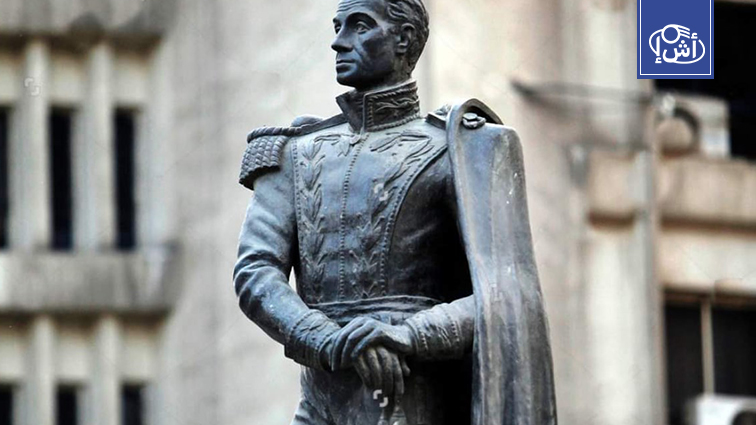The head of the West Cairo Governorate district, Mohamed Othman, denied the allegations circulating about the theft of the sword of the Simon Bolivar statue in the Garden City area, stressing that the sword is in its place.
Othman explained in a statement to local media that the pictures circulating on social media regarding the theft of the sword are old and date back to the days of the January 25 Revolution, and result from the chaos that occurred during that period, noting that the concerned authorities put the sword in its place as soon as security was restored in the country.
Othman confirmed that the location of the statue is full of cameras, and if a similar incident occurs, it will be easy for the regulatory agencies to deal with the thief, saying: “Things are under control, and everything is in its place without harming the sword or the statue.”
The head of the West Cairo district urged social media users to verify the authenticity of the news before publishing it, pointing out the importance of not being led by rumors.
For its part, the Egyptian Ministry of Interior issued a statement denying the validity of the reports circulating about the theft of the sword of the Simon Bolivar statue, stressing that the images circulating date back to the chaotic events that occurred after the January 25 revolution, and that the perpetrator of the incident was arrested at that time.
It is noteworthy that the statue of Simón Bolívar is a statue of a knight in full military uniform, leaning on his sword in pride. This statue was made in Venezuela, by the Venezuelan sculptor Carmelo Tabacco, and the base of the statue was made by Manuel Blanco.
Bolivar is considered one of the prominent figures who contributed to the liberation of many Latin American countries from Spanish rule, such as Colombia, Venezuela, Ecuador, Peru, Bolivia, and Panama.
The statue was placed in Cairo during the era of President Gamal Abdel Nasser, in the 1960s, in honor of Bolívar’s revolutionary ideas, which were compatible with the revolutionary ideologies in Egypt and South American countries at the time.
Egypt: The movie “The Atheist” stirs controversy… harsh criticism before its screening and calls to boycott it
